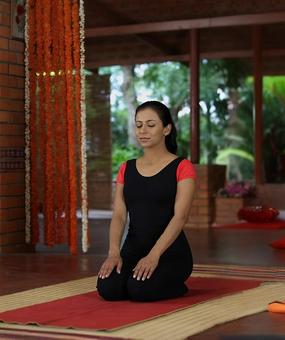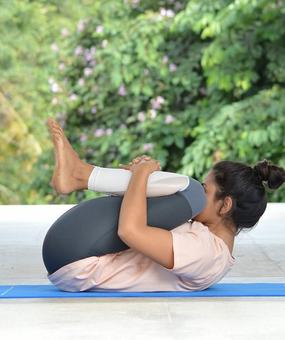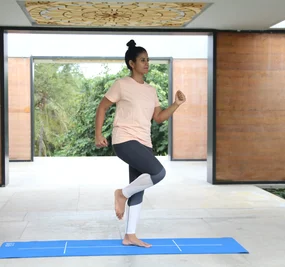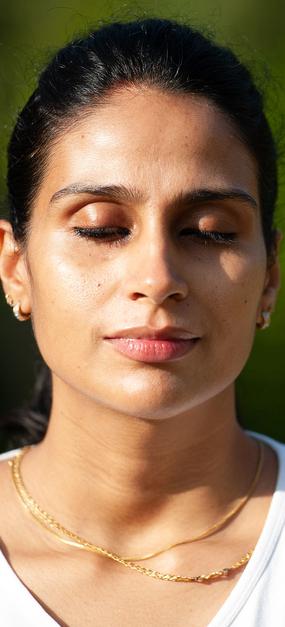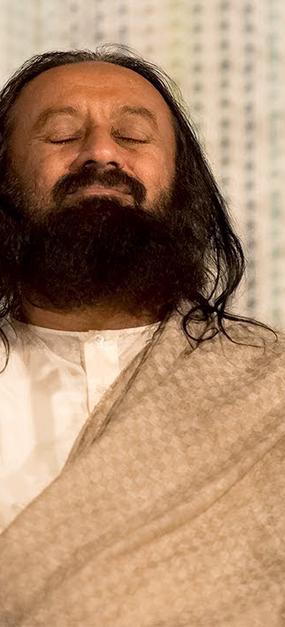What is Diabetes?
Diabetes is a multi factorial disorder essentially resulting from lack of proper exercise, inappropriate food habits etc. Modern day ‘stress’ only aggravates the challenge. All these aspects point to ‘life style’. Besides medical attention, addressing life style is of paramount importance. With the fast-paced life that we lead, finding the time and often the place itself to address ‘life style’ can be a challenge. In this context, addition of pranayama, yoga & meditation, simply called ‘yogic practices’, to the daily regimen is a step in the right direction. This is not to discount the daily walk. Let us include yogic practices to the daily walk and beat diabetes.
For sterling results with yogic practices, build in regularity & consistency. As far as possible, stick to a daily fixed schedule. It could be mornings or evenings depending on your other daily demands. Set aside the time and be disciplined about it. You will be amazed at the results.
Diabetes is of two types – Type 1, where there is no production of insulin and Type 2, where the pancreas does not produce enough insulin. In many cases, it is also easy to ignore diabetes in its early stage, especially, when you do not experience any symptoms.
Specific Yoga asanas for Diabetes:
- Kapal Bhati (Skull Shining breathing technique)
- Supta Matsyendrasana (Lying-down body twist)
- Dhanurasana (Bow pose)
- Paschimottanasana (Seated forward bend)
- Ardhya Matsyendrasana (Sitting half spinal twist)
- Shavasana (Corpse pose)
1. KapalBhati pranayama
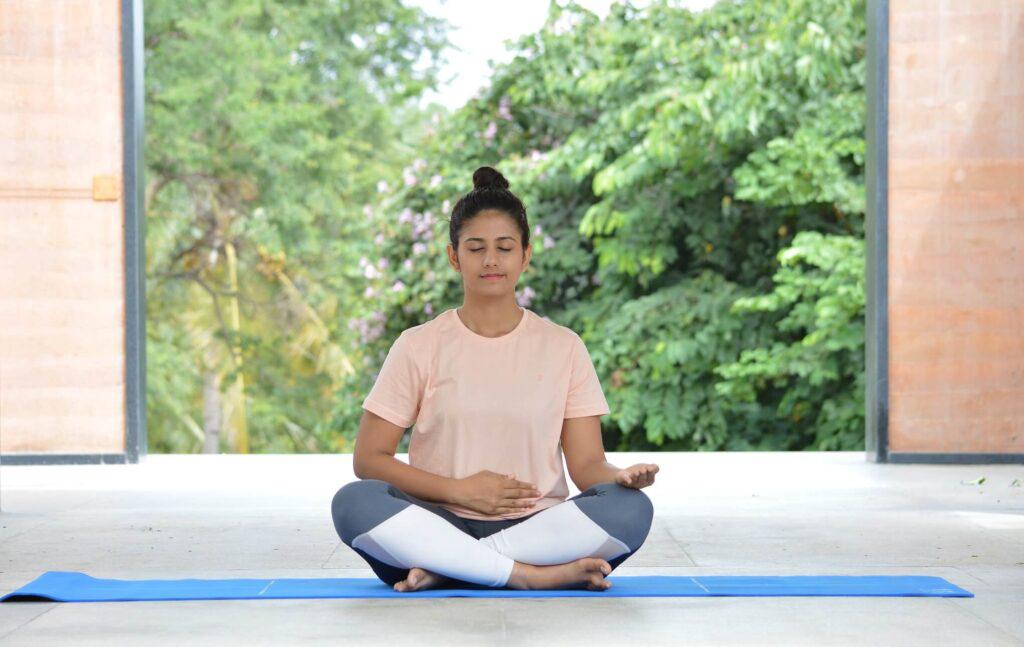
Learn how to do Kapalbhati.
The Skull shining breathing technique helps energize the nervous system and rejuvenates brain cells. It is very helpful for patients suffering from diabetes, as it stimulates abdominal organs. This pranayama also improves the blood circulation and uplifts the mind.
2. Supta Matsyendrasana
The Lying-down body twist massages the internal organs and improves digestion. This posture also exerts pressure on the abdominal organs and is hence very helpful yoga posture for people suffering from diabetes.
3. Dhanurasana
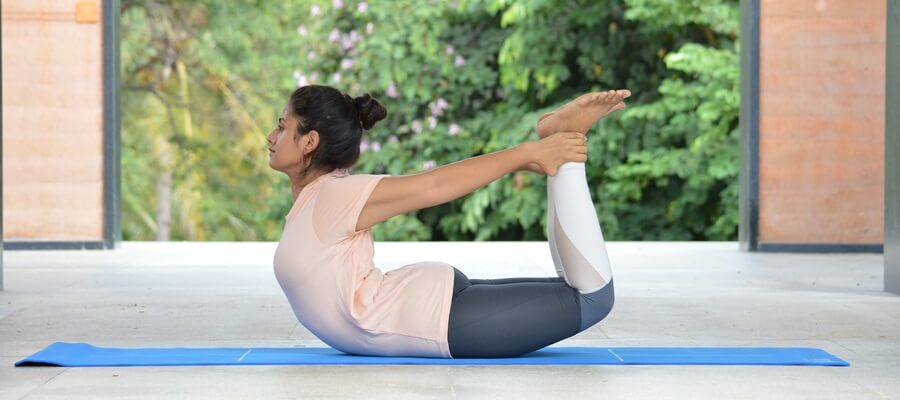
Benefits of Dhanurasana.
The Bow pose strengthens regulates the pancreas and is highly recommended for people with diabetes. This yoga pose also strengthens the abdominal muscles and is a good stress and fatigue buster.
4. Paschimottanasana

Read more about Paschimottanasana.
The Two-legged forward bend massages and tones the abdominal and pelvic organs, and helps people suffering from diabetes. This yoga posture helps balance the prana in the body and also calms the mind.
5. Ardha Matsyendrasana
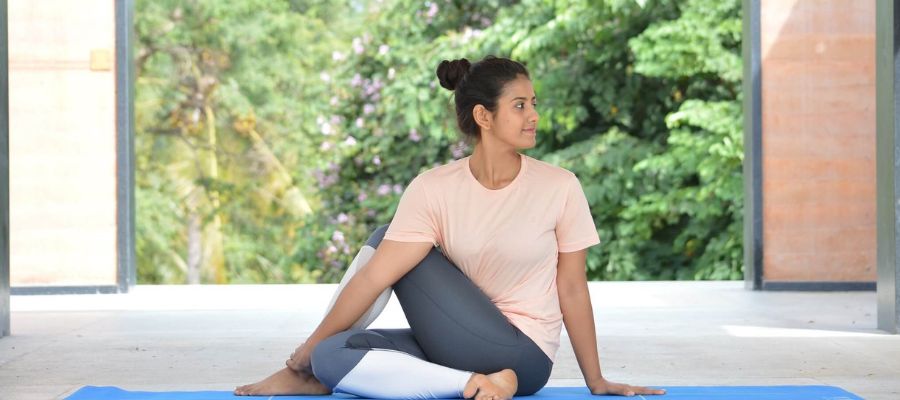
How to do Ardha Matsyendrasana.
The Sitting half spinal twist massages the abdominal organs, increases the oxygen supply to lungs and makes the spine supple. It also helps calm the mind and improves blood flow to spine.
6. Shavasana
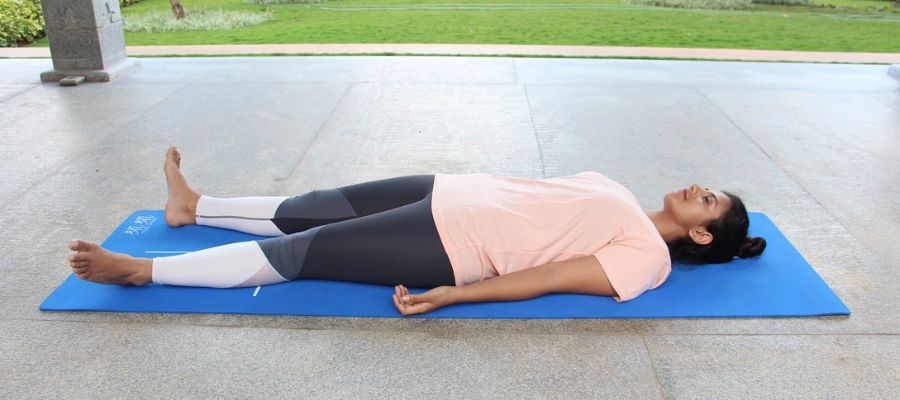
Read a benefits of Shavasana.
The final resting yoga pose, Corpse pose, takes the body into a deep meditative state, letting it relax and rejuvenate.
Benefits of Yoga for Diabetes
Everyone benefits from yoga – if they undergo proper training and continue with the practice. Regular practice of yoga benefits the body in the following ways which :
- It improves digestion, circulation, and immunity
- Yoga enhances function of neurological and endocrine organs
- It can prevents and provides relief from chronic illnesses
- Overall the body feels healthier, more energetic
Sri Sri Yoga attends to every aspect of an asana from start to finish, as well as the breath-work. So correct training is essential, before individual practice. The above mentioned asanas and pranayamas are effective for diabetes. They should be learned with proper guidance, before putting them into practice.





